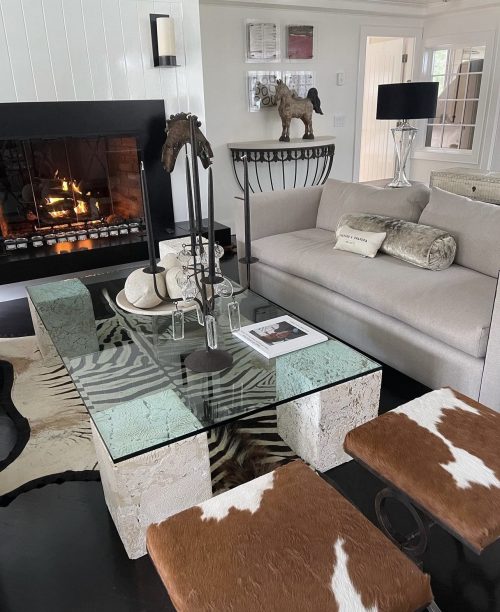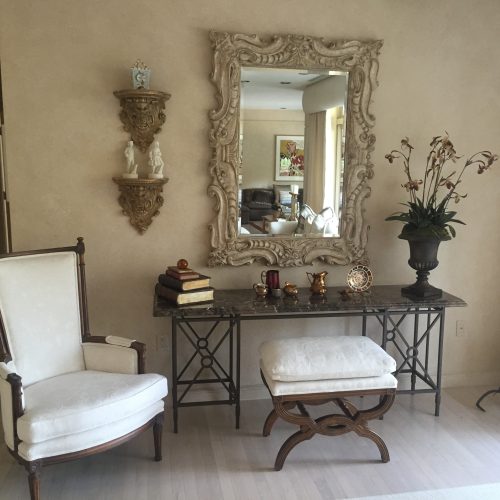
Every space has a narrative, and the biggest transformations come from vision. A home or office should not only serve but also mirror the values, personality, and aspirations of the people living in them. Redesign and rejuvenation aren’t about exchanging walls or adding new coats of paint; they’re about creating harmony between shape and purpose. Subtle improvements or grand overhauls, choices made in the redesign process set the context for how space is lived on an everyday basis.
Reimagining a space actually starts by deciding something needs to be changed. That frequently involves looking hard at how an area gets utilized and asking the question of whether the area contributes to comfort, productivity, or creativity. Renovation is questioning the old as much as it’s about accepting the new. It results in a renewed space when done deliberately where it feels organic to the people who live there.
The Art of Redesign
Redesigning or designing a space is never just about style. It’s about proportion, flow, and balance. Each element added—lighting and texture as well as furniture and architecture—impacts the eventual mood. Defining the intent of the redesign—whether it will revitalize, relax, or inspire—is the key to the color palette decisions, materials decisions, as well as space planning decisions unfold.
The lighting plan can come first in an effort to establish an open, bright atmosphere for a living area but might not suit an office where professionalism might call for something darker, more dimensional. Storage space, floor arrangement, and finishes also need to suit the lifestyle or business the space will accommodate. Redesign might as little as entail replacing old lighting fixtures or as substantially alter the building components as it redistributes movement within a building.

The Renovation Process
Renovation exceeds style by hitting on sustainability, performance, and longevity. Effective planning for the renovation involves combining structural enhancements with design enhancements. It involves examining how the electrical, plumbing, and foundational factors correlate toward an intended end. Renovation involves not just the outward aspects but also making sure the behind-the-scenes mechanisms run smoothly.
Collaborating with experienced professionals helps keep the vision practical and possible. For others looking for bespoke projects incorporating individuality, custom builders offer the opportunity to design areas tailored completely to personal taste. Their knowledge of combining personal design concepts with building expertise makes them useful collaborators on the adventure of renovation.
Designing for Flexibility and Expansion
Living and working spaces of today must change over time. Flexibility in design enables the space to respond to shifting lifestyles, changing household structures, or business models. Schemes of open planning, multipurpose furniture, and versatile storage all accommodate the ability for the space itself to change without the need for perpetual remodeling.
Future considerations in the way of renovation are crucial. Whether for incorporating technology or for designing areas capable of being transformed in purpose quickly, looking ahead eliminates the necessity for constant large-volume transformations. Optimal renovations strike the perfect blend between current wants and potential for future use. An adaptable style of design not only cuts costs as well as time but also maintains an area up-to-date for the changing requirements of life.

Vision and Practicality in Harmony
A successful makeover achieves flair but balances it with practicality. The individual component parts should all lead on towards some cohesive end-result where design decisions mesh with lifestyle requirements as well as building practicalities. For many householders as well as business people, it involves reconciling aspiration with budget, timescales as well as planning restrictions. It may also involve professional counsel when making sensitive decisions concerning properties.
Sometimes working with a buyers agent in Brisbane or comparable professionals can assist in making sure the property itself has the ability to accommodate the intended changes. Their familiarity with area market trends, zoning issues, as well as the value of properties, also lends a more substantial basis upon which the renovation process may proceed. Beginning the process with the correct property ensures the time devoted to reconceptualizing and restyling pays off in the long term.
Creating Meaningful Impact Through Spaces
Spaces can affect mood, productivity, and well-being. Well-thought-out and newly renovated space improves everyday life by instilling comfort, beauty, and intimacy. More than aesthetics, an area must also feel instinctual—having movement within it come naturally and where all elements have purpose.
Intentional changes make upgrades something beyond cosmetic. Instead, they become an exercise in purposely synchronizing environments with values and aspirations. It’s possible for a home that’s an extension of the homeowner’s personality or an office space that generates creativity to affect people in beneficial ways.

The Lasting Value of Transforming Spaces
Investments in design and revamp go beyond aesthetics. There’s physical and intangible value at stake—boosting the value of the property, expanding utilization, and making it possible for an enhanced lifestyle. Well-conceived renovated space speaks about long-term sustainability and foresight, areas where the current users and potential owners recognize.
The reimagination, redesign, and renewal process takes dedication and time, but the benefit pays off for the long term. Each step helps define a space that provides shelter but also sustains and enriches life. With vision plus intelligent design plus expert craftsmanship as the components, the resulting place feels whole.
XOXO,


